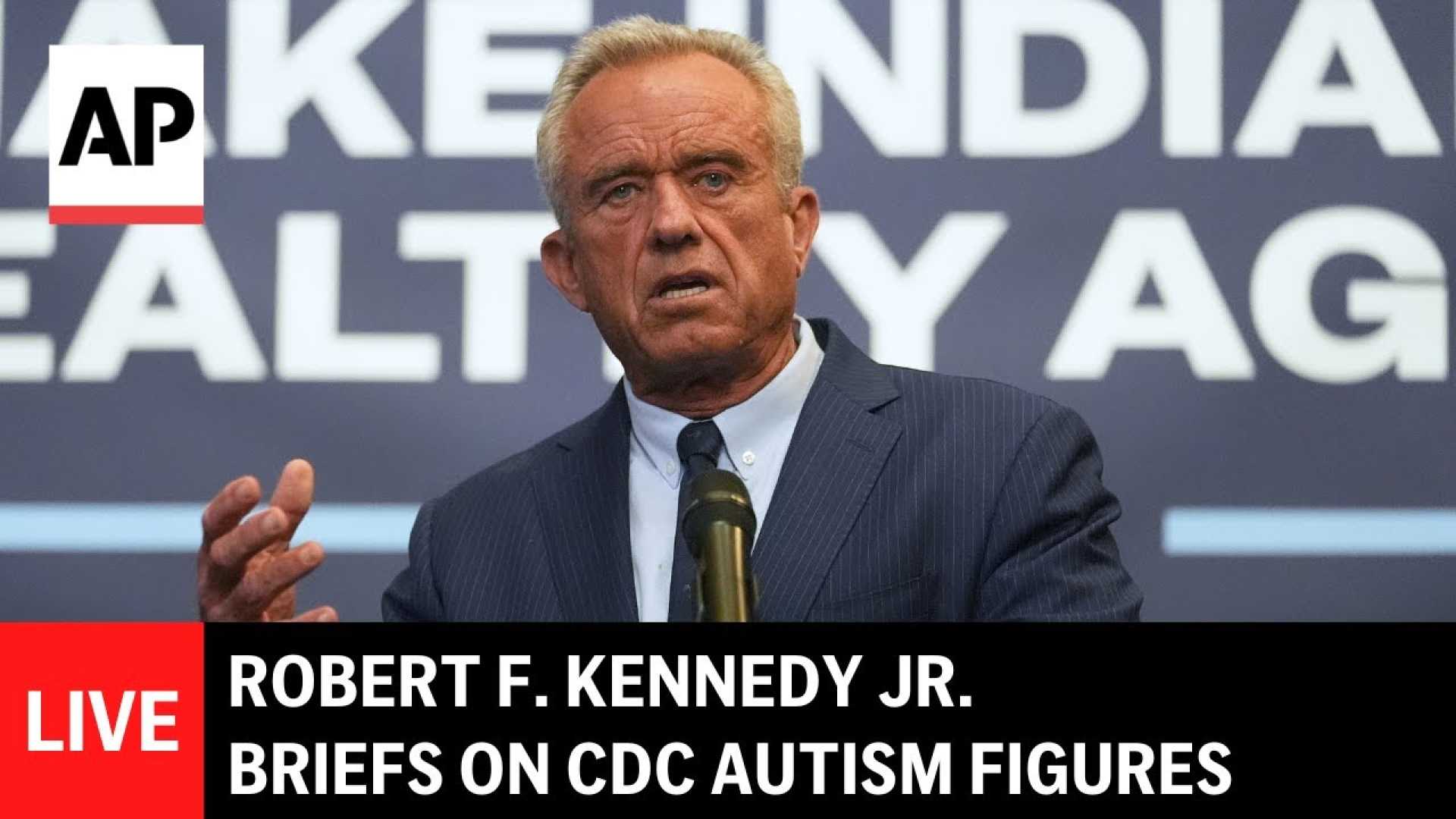Health
Health Secretary Calls Autism Rates a Preventable Epidemic

WASHINGTON, April 16 (AP) — In his inaugural press conference, U.S. Secretary of Health and Human Services Robert F. Kennedy Jr. declared that the rising prevalence of autism in the United States constitutes a “preventable” epidemic linked to environmental toxins. His remarks came just after a new CDC report revealed that approximately 1 in every 31 children is diagnosed with autism by age eight, a significant increase from previous data.
Kennedy underscored his stance by suggesting that views opposing his assertion reflect “epidemic denial.” He stated, “One of the things that I think that we need to move away from today is this ideology that the autism prevalence increases… are simply artifacts of better diagnoses.” He emphasized the necessity of immediate response to the situation, likening it to measures taken during a measles outbreak.
Dr. Walter Zahorodny, an associate professor at Rutgers New Jersey Medical School who co-authored the CDC report, supported Kennedy’s assertion, describing the rise in autism rates as an “urgent public health crisis.” Zahorodny stressed the importance of thoroughly investigating environmental factors, remarking, “We need to address this question seriously because… we’ve collected data but not made real progress in understanding what causes autism or how to effectively prevent or treat it.”
Kennedy pledged to commit resources to autism research under a new division, the Administration for Healthy America, promising upcoming studies that will explore various potential environmental triggers, such as mold, pesticides, and medicines. He argued that genetic research is a “dead end” in understanding autism’s roots and urged a comprehensive look at environmental toxins that could be causing an increase. “Genes do not cause epidemics,” he asserted. “You need an environmental toxin.”
Recent findings from the CDC highlight that improved identification and access to autism screening services significantly contribute to the diagnosed prevalence increase. The report stated that differences in prevalence among communities reflect varying levels of service availability and diagnostic practices.
In response to Kennedy’s classification of autism as an epidemic, the Autism Society of America pushed back, describing his comments as “harmful, misleading, and unrealistic.” President Christopher Banks stated, “Claiming that autism is ‘preventable’ is not science-based and places unnecessary blame on people, parents, and families.” He further clarified that autism is a lifelong developmental condition and should not be equated with infectious diseases.
The debate reflects ongoing tensions in the autism community regarding the rising prevalence rates, attributed in large part to greater awareness and enhanced diagnostic criteria. Experts emphasize the need for more comprehensive, rigorous research rather than sensationalized terminology. The Autism Science Foundation highlighted ongoing studies evaluating both genetic and environmental factors in autism’s causation.
The 2022 CDC study, conducted across 16 areas in the U.S., indicates that increased rates of autism spectrum disorder particularly affect boys, with the prevalence rates being notably higher among certain ethnic groups. As discussions progress, the focus now shifts towards addressing the complexities of autism through credible methodologies that prioritize understanding and support for affected families.












